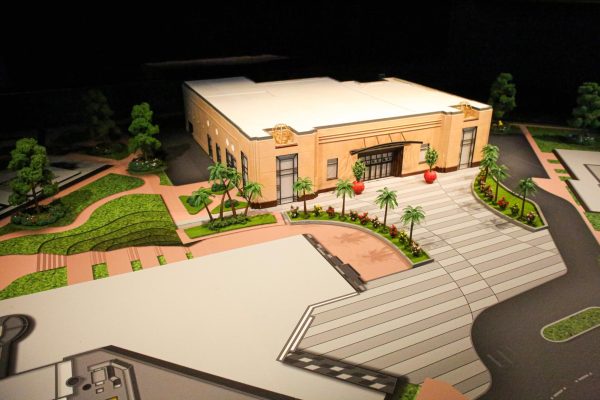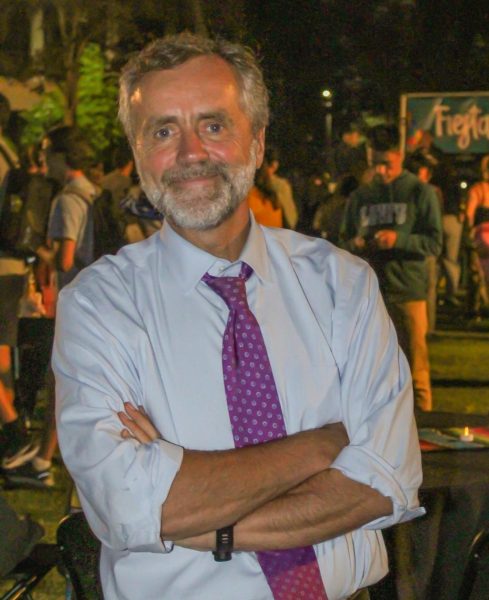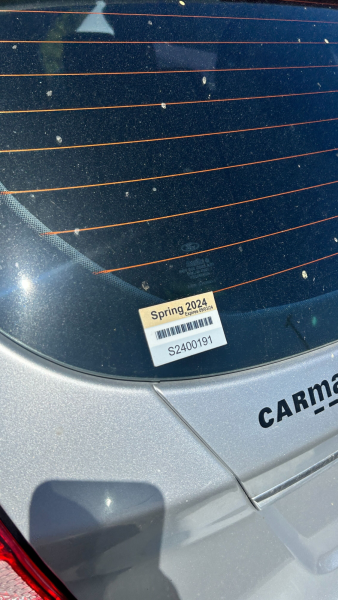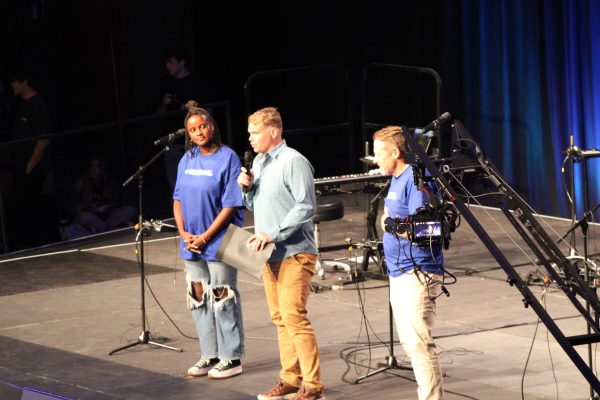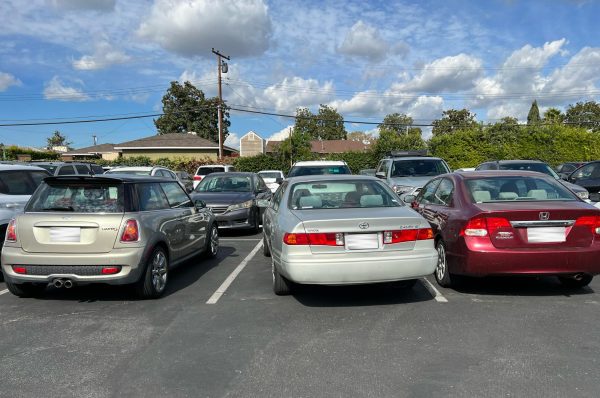Exploring diversity part three: Examining solutions
Arthur wraps up his series with a look at practical solutions for Biola’s insufficient diversity among the student population.
February 18, 2011
In this final segment in the series on Biola’s insufficient diversity, I would like to finish with the possible causes of the lack of ethnic diversity at Biola, focusing on the African American community. Then, I’d like to offer some possible solutions taken from interviews with present students and faculty.
Finances a factor
One of the main causes is clearly financial expense. This applies to both the undergraduate and graduate programs. Yet the evidence showed that there are Christian schools more expensive than Biola, which have been in existence for a shorter period of time, that do have larger percentages of minority representation. The evidence also showed that this larger percentage was probably due, in large part, to specifically targeted funding that enabled them to attend those schools.
Perceptions play a part
Another possible issue of concern for Biola is public perception. If Biola is perceived as an all white or mostly white school, one does not have to wonder why some minorities would choose to avoid it if there is a perception of possible racism.
Part of this perception may involve how the school projects itself to the world on its website. While Biola does have Hispanics, Africans, and African Americans within its walls, you could hardly tell this by the faces you see on the school website. Our website has a page called “The Journey Series,” in which incoming students tell their stories in video format. But to an outsider who does not know Biola, it would appear that we have no African American or Asian incoming students because only three whites and one Hispanic told their stories. What message does that inadvertently send?
By contrast, Liberty University features an African American Christian rap artist named Humble Tip on its YouTube page who sings an anthem promoting the school. Regent University has a prominent page on its website entitled “Celebrating Black History Month.” Moreover, both of these schools also advertise on predominately African American Christian websites like Streaming Faith.
So it does not surprise me that these schools excel in African American representation more than we do. These schools loudly proclaim “we accept you and want you here.” In all fairness, Biola has made great strides, since we do have multiethnic programs and SCORR, the Student Congress on Racial Reconciliation. But clearly more needs to be done.
So what are some practical solutions that may help improve diversity at Biola? After interviewing a number of present Biola students, a faculty member, and speaking with President Barry Corey himself, I have compiled a list:
Action steps for change
- More targeted African American minority scholarships, awards, and grants
- Build trusting relationships with minority churches
- Offer Internet classes for working adults and single parents who cannot commute
- Expand donor base to provide financial assistance
- Feature minorities on school website to improve perception
- Target marketing to African American and minority publications and media outlets
- Emulate the Fuller Theological Seminary program that helps ordained ministers get a Master’s degree without needing an accredited Bachelor’s degree.
- Hire more minority faculty
- Offer classes that speak to minority community needs
Considering minority professors
When I spoke with Corey after the first press conference last year, he expressed his desire to groom and promote minority professors from within Biola since it is difficult to acquire qualified minority professors from outside. Afterwards, I thought that maybe Biola could create some type of future professor apprenticeship program specifically designed to help minority students pay for school while preparing to teach at Biola at either the undergraduate or graduate level. Corey already has two candidates, myself and Daryl McKillian, both of us present and financially struggling M.Div. students who desire to teach here in the future.
Taking pointers from In-N-Out
In fact, McKillian made one of the most powerful points about how the Talbot School of Theology can make its presence known and impact minority communities in a meaningful way:
“In-N-Out burgers will go to a place where they don’t have a presence… they’ll drop a truck there and give out double doubles. See because what they want to do is create a hunger, a taste for it. So you’ve gotta give something away for free in order to get you to become a paying patron.
“So my idea is that Talbot needs to go give something free away… Go educate someone, go spiritually bless someone and then they’ll come to you and want to spend their money because you’ve wet their appetite…You can’t expect for them to come and spend $1,500 per class just because you’ve put a billboard up. That’s naive. You’ve got to come feed them, give them something tangible and then they’ll, I think, they’d be more willing to come and see what you have to offer.”
Cultivating a desire to change
I think brother McKillian is on to something. There is a great hunger and need for qualified, well-educated spiritual leadership in minority churches. But are we willing to do what it takes to prepare the untapped masses? Biola can be at the forefront of meeting that need. In closing, I would echo the words of Jesus in John 4:35, “Do you not say, ‘There are still four months and then comes the harvest’? Behold, I say to you, lift up your eyes and look at the fields, for they are already white for harvest!”


